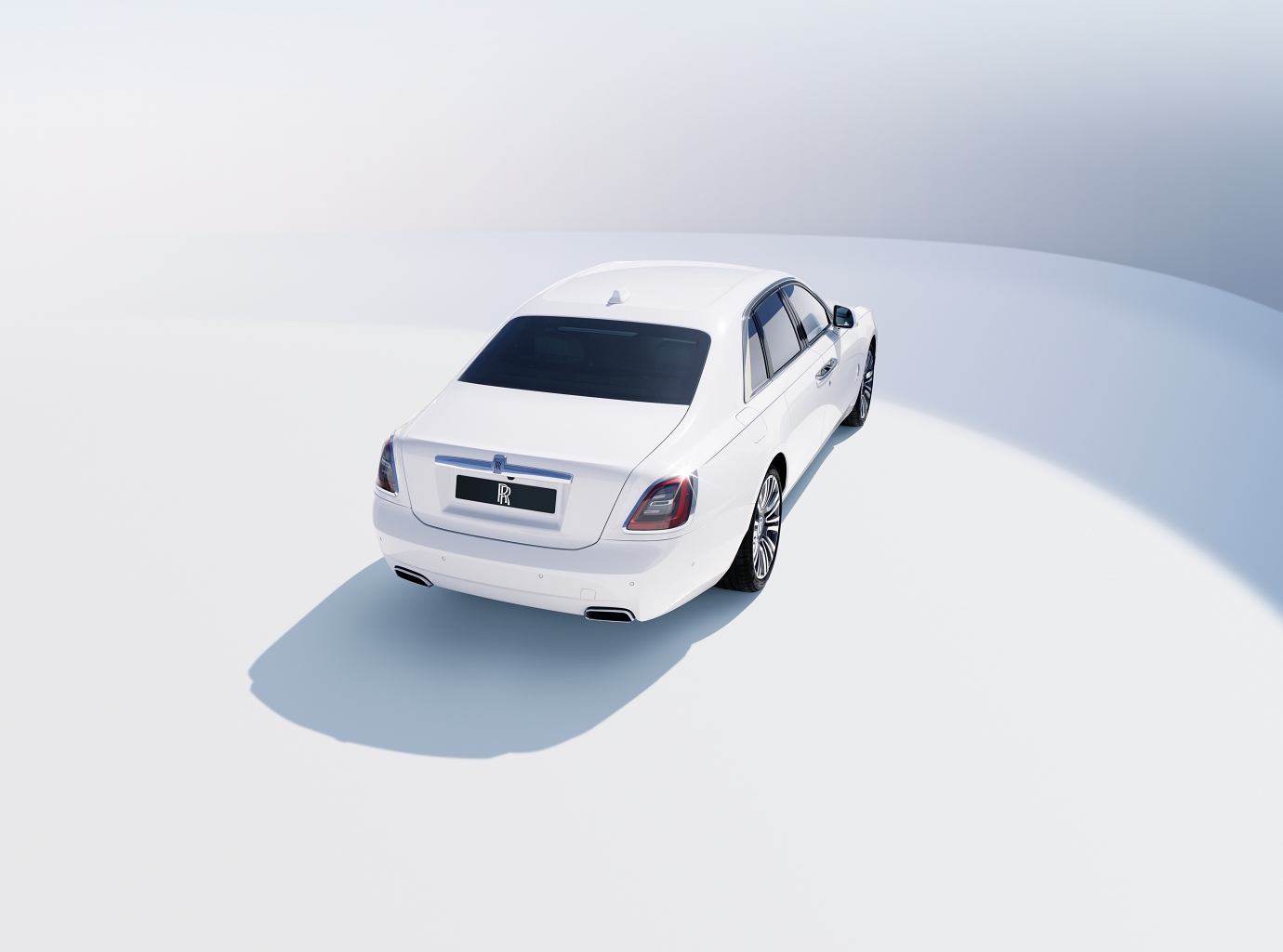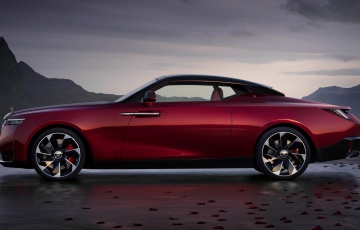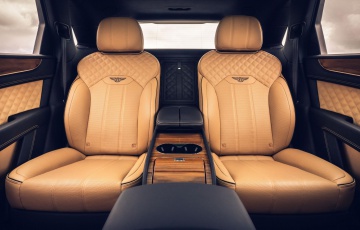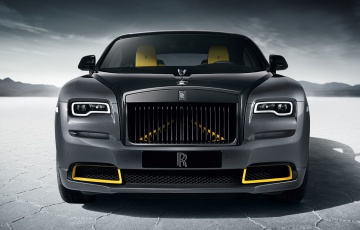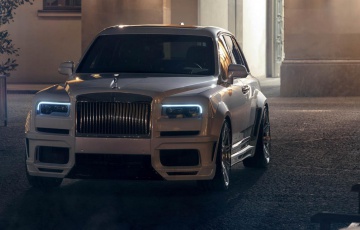Ghost Whisperer : We talk to Jon Simms – Engineering Lead for the new Rolls-Royce Ghost
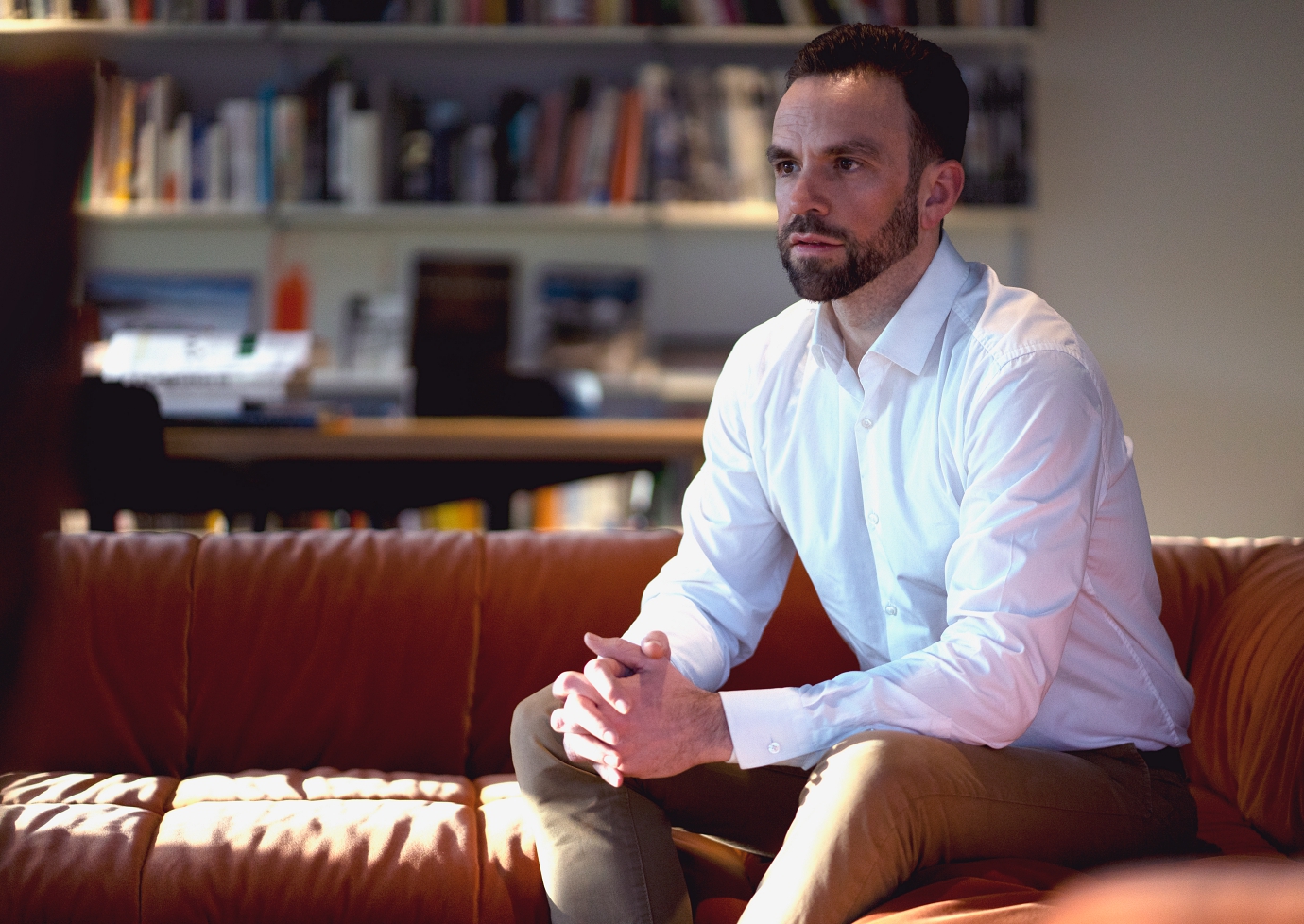
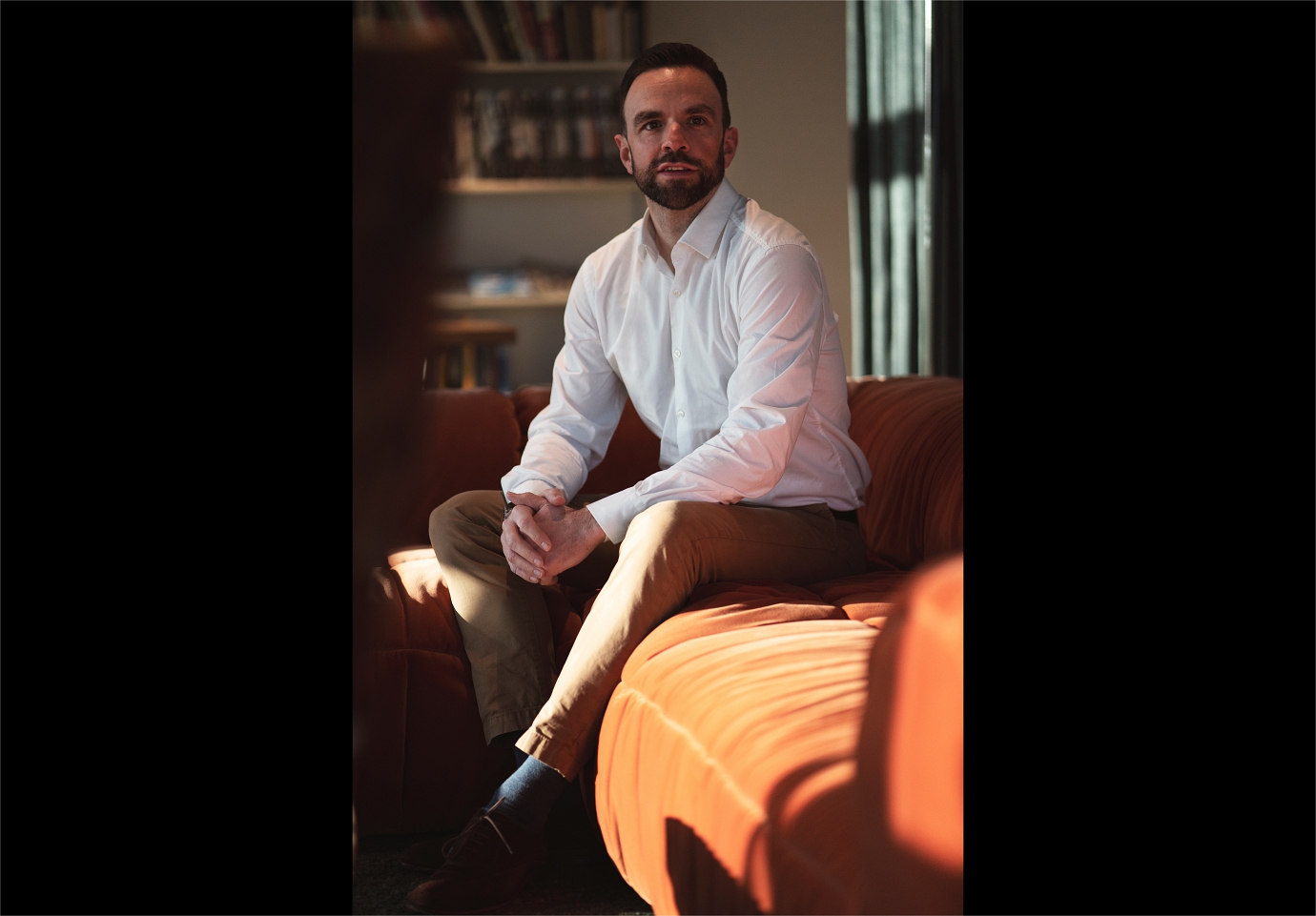

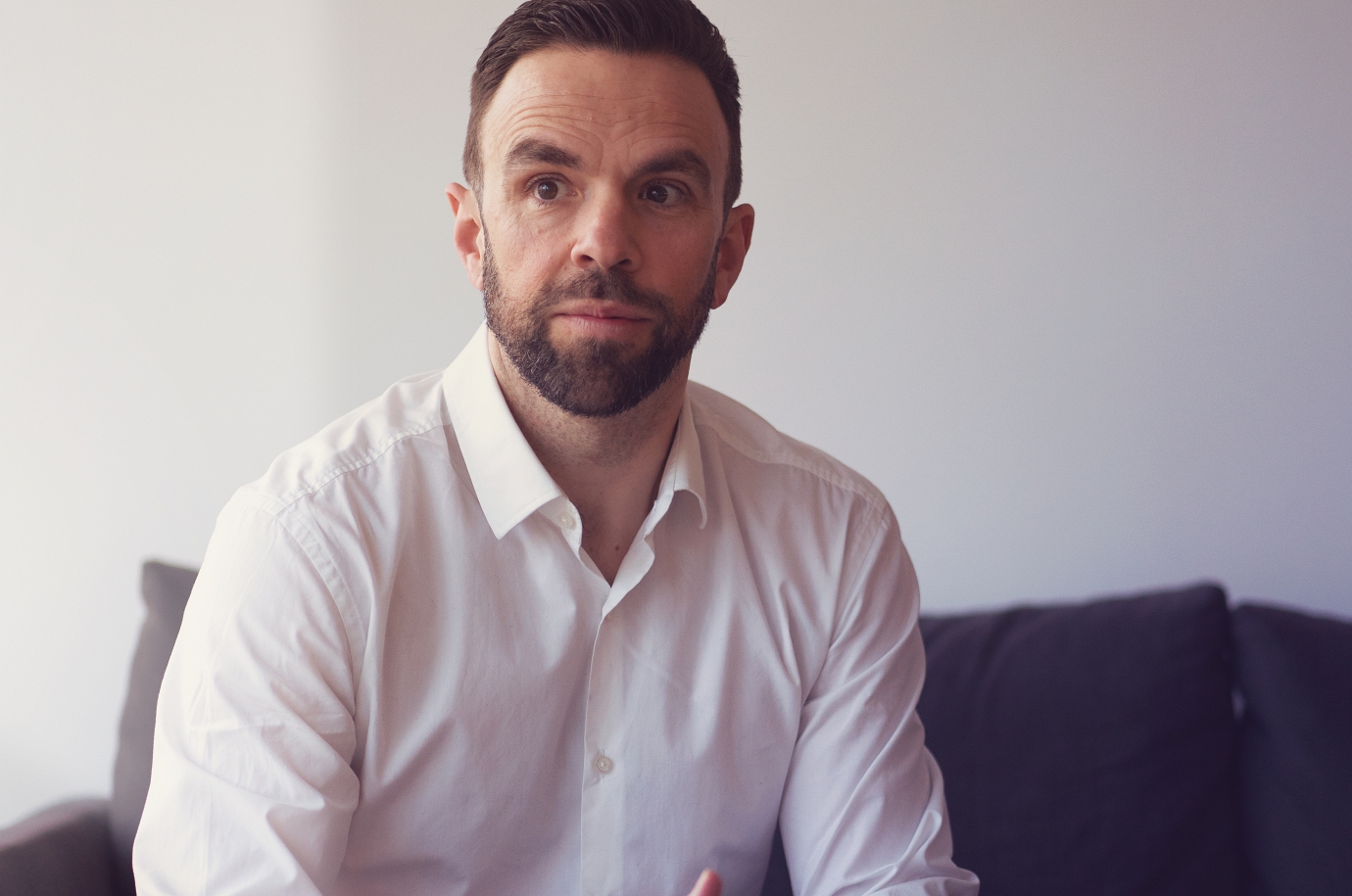

We talk to Jon Simms – Engineering Lead for the new Rolls-Royce Ghost : Ghost Whisperer
TopGear Singapore (TGS): You cut your teeth on the smallest brand in BMW's stable, and you're now tasked with overseeing one of the big guns in what is one of the most prestigious brands in BMW's portfolio. Did you have to overcome any big mental hurdles?
Jon Simms (JS): I think in both cases, I am acutely aware that being involved in the launch of the new MINI, under BMW stewardship as it was at the time, was very much reinventing an icon.
Again, with the Goodwood era of Rolls-Royce we were very much reinventing an icon (too). In both cases, it has been something I have been hugely excited about.
As a lifelong car enthusiast, to be part of reinventing or restarting two of the greatest automotive brands has been a huge honour for me.
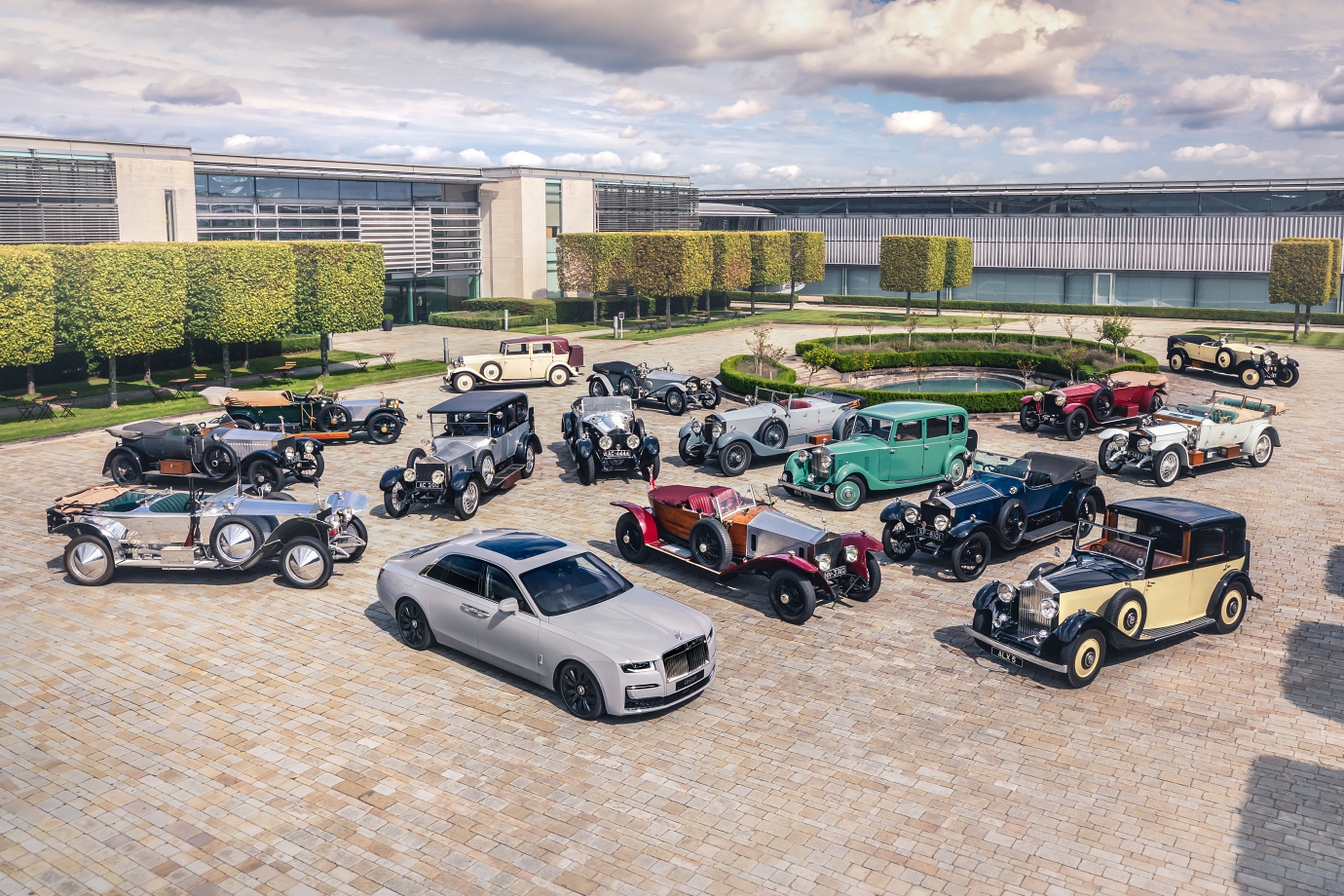
TGS: The Phantom may represent the pinnacle of Rolls-Royce engineering, but Ghost is a major 'commercial' model and its successor has been a long-time coming. Have you felt a lot of pressure in ensuring smooth operations as it makes the transition from computer to actual production?
JS: Yes, we felt a huge amount of pressure. As you mentioned, the previous model of Ghost was a huge success for us, our most successful model, so the new model of Ghost here at Goodwood, at Home of Rolls-Royce had to be seamless.
I think we have been hugely supported in that by all the craftspeople here, because they were very excited to see the new model and to play their part. It has been a huge team effort to bring this new model to the point that you see it today, in the flesh and in its beauty.
So, yes, we did feel a lot of pressure, obviously when you are going back to a model that was successful right to the end of its lifecycle, you feel a huge amount of pressure to integrate smoothly and seamlessly the new model.
But we have been helped by everybody pulling together as a team and really wanting to see what the future Rolls-Royce looks like and to be able to proudly show them to our clients.
We have been very fortunate to have members from the 20-Ghost Club here recently.
When you see some of the amazing vehicles that have borne that nameplate over the years, it really adds to the pressure to deliver a product that is not only a good car, but a truly excellent one, because you realise you are using a nameplate that carries with it a huge amount of expectation. Ghost is a name synonymous with excellence.
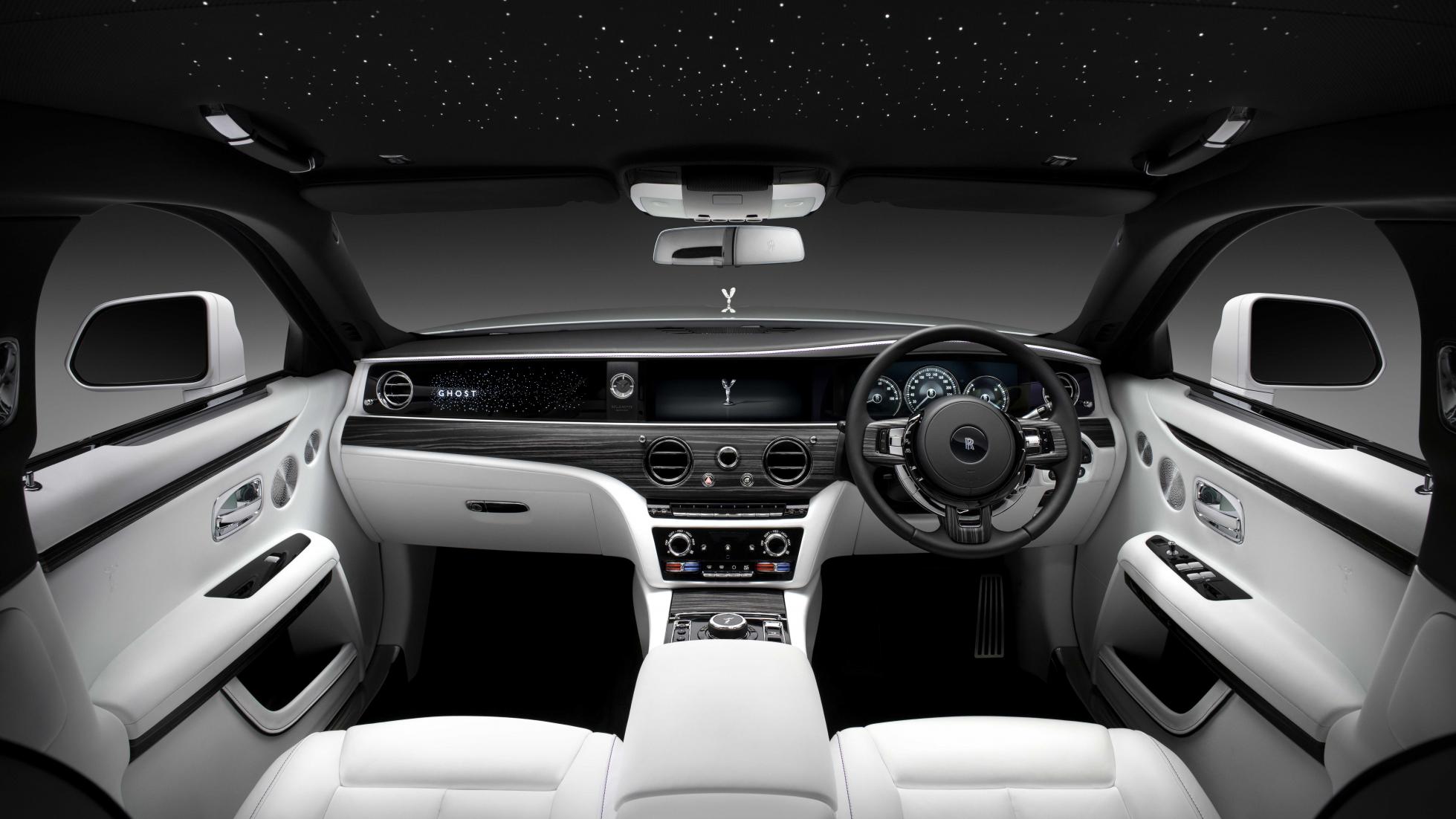
TGS: New cars have plenty of electronics, but to some people, the best tech is unobtrusive. How much technology is too much? Has the advent of technology in cars been reconciled with the elegant simplicity Rolls-Royce owners have become accustomed to?
JS: We think that as soon as you have to try and explain to the client the way that a feature works, or a client needs to actively and repeatedly try to understand how a feature should work, that is too much.
Let me give an example: We have integrated into new Ghost effortless doors.
Now, that has been done by taking the rear seat compartment with no additional buttons, touchscreens or anything else, and the client simply reaches out to the beautiful door handle as always, and as they pull the door handle they will be surprised to find that the vehicle effortlessly supports them in opening the door.
That’s one example of how we try to integrate technology into our cars at Rolls-Royce, it is that you should not need explain the feature or there should not be lots of additional buttons or anything else.
You really should have a feature that just responds when the client uses the car intuitively. That is really how we try to integrate all of our features.
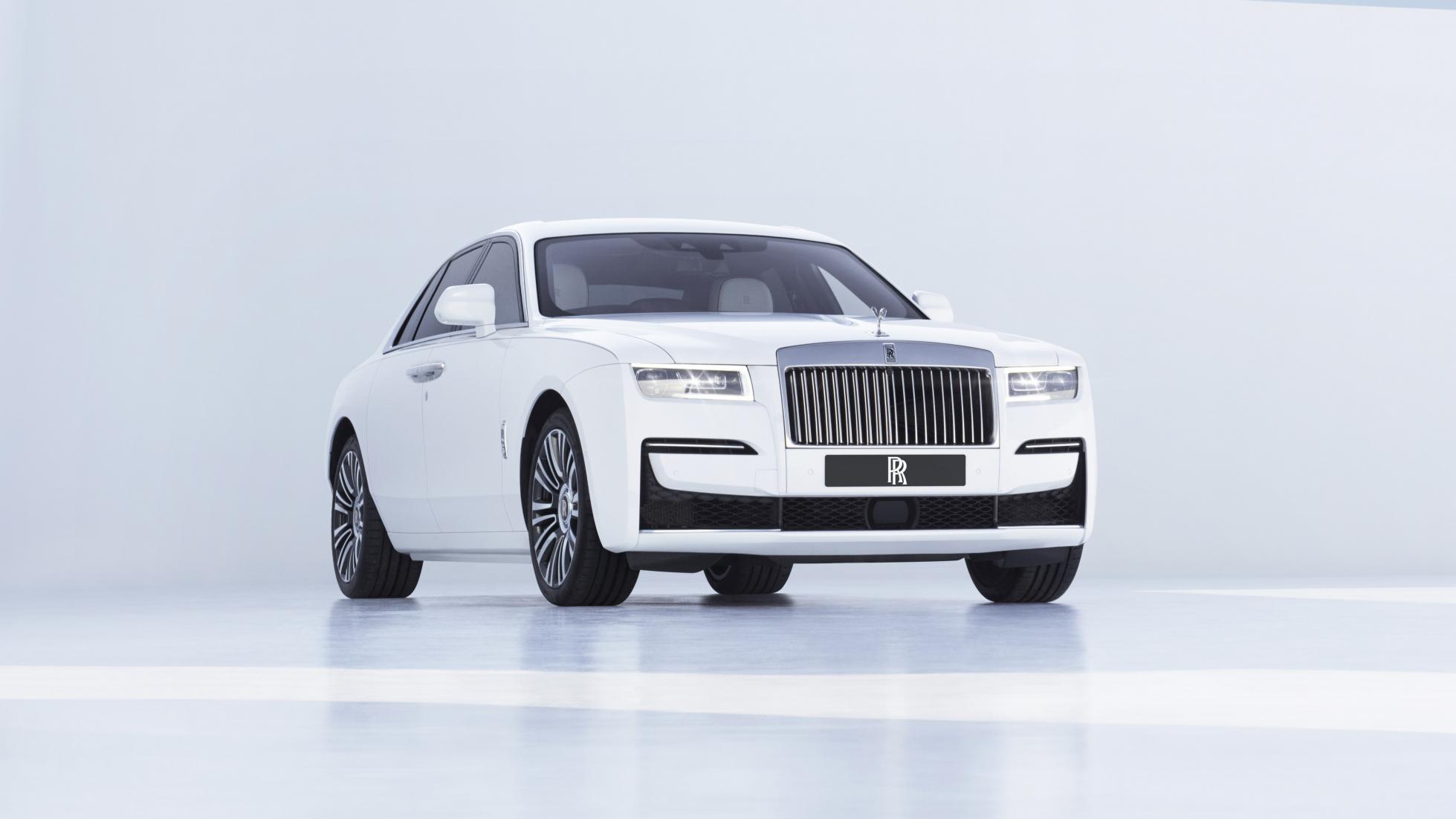
TGS: What were the biggest challenges involved in working towards the new Ghost's production?
JS:There are multiple challenges that we faced and many of them had to do with the simplicity in design of the new model.
We have spoken in the press releases about the construction -the task to produce a hand-finished body in the way that ours is made with almost no joint lines at all in the body structure.
When you have an opportunity to lay your eyes on the vehicle and you see the length of it with no intrusion at all in terms of construction lines, you can imagine this takes a huge amount of development and many iterations in terms of the construction of the car to get to a level where the craftspeople are happy that the body looks perfect and can be repeatedly produced.
Again, a very similar story with the leather interior. It looks simple and it should look simple, but actually to create a pattern that is perfectly adjusted so that we can create these large, unbroken surfaces of leather with no intrusive stitch lines, takes months and years of the time of our craftspeople to achieve.
It is quite simple, as you can imagine, to break up creases or areas of distortion with additional stitch lines but if you want to achieve these very pure, clean surfaces that we have targeted in Ghost, this is something that takes a lot of time for craftspeople to get it just right.
We think that as soon as you have to try and explain to the client the way that a feature works, or a client needs to actively and repeatedly try to understand how a feature should work, that is too much.
TGS: How much feedback was garnered from prospective owners/current owners as to the direction of New Ghost? Does this happen with every model?
JS: We gained a lot of feedback from clients on all of our models. In that respect, Ghost was no different.
However, the thing that was different from some of the Ghost customers is that there are also customers that typically spend as much or perhaps more, in comparison with our other models, time driving the vehicle themselves, compared to for example, a Phantom client.
Ghost clients are the clients with the broadest range of requirements because to actually create a vehicle that is engaging and effortless to drive as well as to be driven in is something that is of course, a very complex task.
We not only have face-to-face contact with clients but we also have clients that will visit the Home of Rolls-Royce and they will ask directly to speak with members of the engineering teams, the production teams, the development teams etc., and they will be reactive in speaking to us in what they would like in their cars. It is great to have this dialogue.
Also, compared to other manufacturers, we have a relatively small network of global dealers and those dealers are also very communicative with our teams here at the Home of Rolls-Royce, so we are able to garner feedback from both dealers and directly from clients, so this really has informed new Ghost very deeply.
The key message that we had was: not to change too much. They loved their existing Ghosts and they wanted us to take all of those elements that Ghost did so well anyway and just move them on for the next decade. That was really what we targeted in achieving for new Ghost.
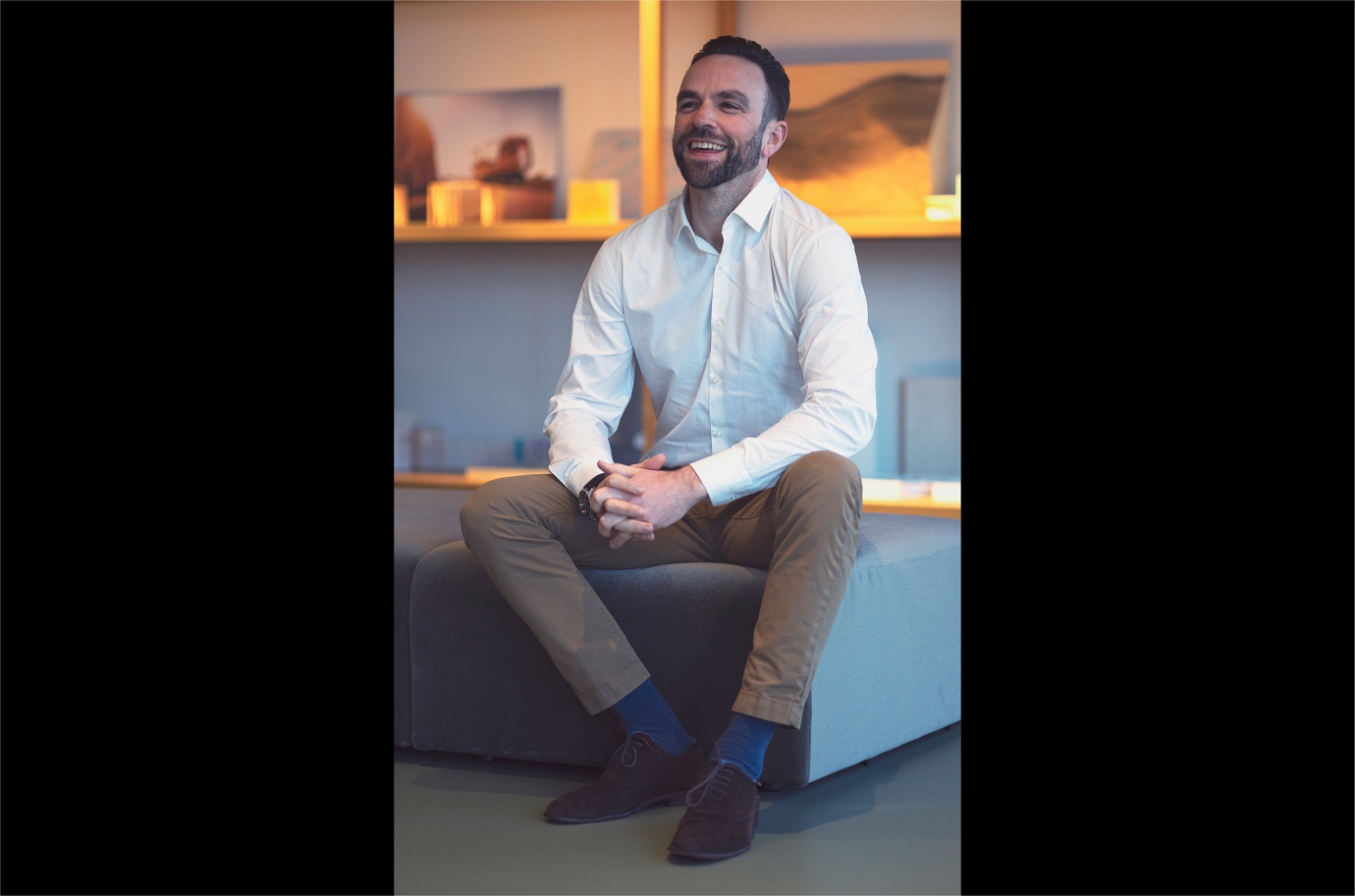
TGS: The 'Post Opulent' message of new Ghost aptly captures the spirit of these trying times, where conspicuous consumption is frowned upon. Could you elaborate a little more about how this was translated into reality?
JS: What we did not want to ever do was to shout about the features that have gone into the car, or the cost or value of the car.
We are aware that our clients are men and women who are connoisseurs, so what we have done is in the details is really concentrated on the quality of materials.
The very best leather, applying for example, open-pore wood into Ghost, so you can physically touch the wood and feel the woodgrain, the metal parts are really metal, so everything in the car has a quality and purity in its material.
If you like, the client is aware of the craftsmanship gone into the car, but it is not something that externally would be shouted about. There are no superfluous illuminations, no superfluous stitch lines, superfluous logos, anything like that.
Everything is very subtle. The client is aware of what has gone into it, but they do not need to shout about it to those around.
In terms of the styling, again you will notice that for example, the front-end design of new Ghost, we have these very distinctive bowlines along the edge of the front wings, so the vehicle has this presence or sort of a self-assured character.
You would not call it in anyway fussy, or over the top, it is self-assured but not shouting about its presence. I think both in the design of the vehicle and in the fact that the value is in the quality of the materials and the engineering.
Those are two areas where there is real value to new Ghost but it is not something that is overt or needs to shout about itself.
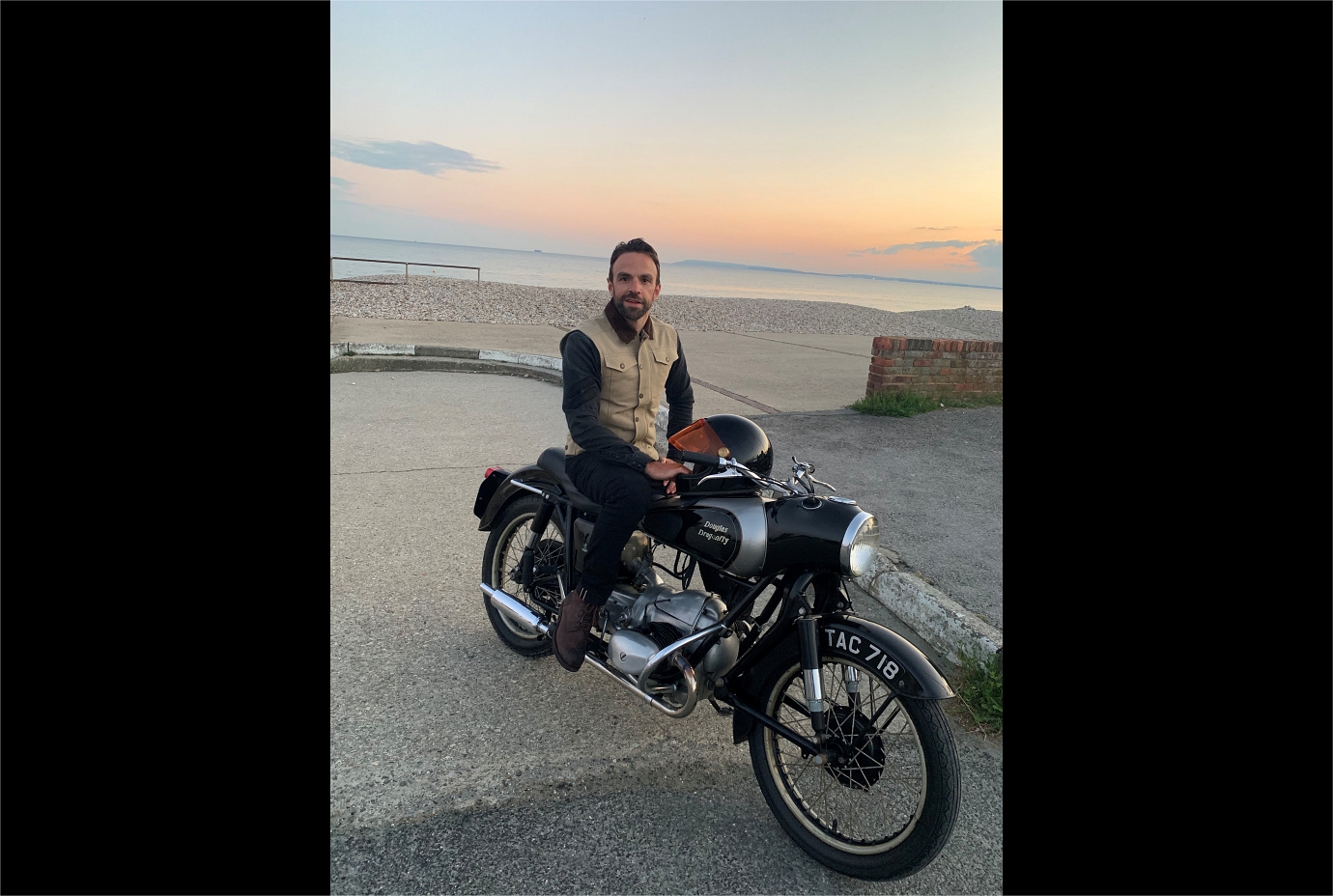
TGS: What are your off-duty petrolhead indulgences? Do you race or collect cars?
JS: My off-duty petrolhead indulgences are both motorbikes and cars. I have a love for classic and vintage motorbikes so I have two or three British and German bikes that go back as far as the 1950s.
On the four-wheeled side, I really like to restore or improve classic cars and if you like, future classic cars.
Currently, I have a future classic BMW M3 that I have literally been restoring from the ground up to make it as close as possible to showroom condition.
I have raced in terms of track days, I currently do not have a track day car, I sold that a couple of years ago, but that has also been a passion of mine and it is something I would like to do more of in the future. Hopefully after the Ghost launch I will have a few more hours outside the office.
I have a 1953 Douglas Dragonfly which is an old British bike and I love this because a friend of my father left it to me in his will and I did not know anything about it. It was the first bike I have ever went on the back of when I was 11 years old.
To find out shortly after he passed that he had left it to me - it was a bike I thought was beautiful but that just made it extra special.
So, that is something I want to restore and maintain over the years. I've had that bike for about 10 years now, and I ride that to work quite often.
Just to be able to go out for a ride in the South Downs, Goodwood on a bike that has so much character, as well as sentimental meaning means that bike will always be the one I love the most.
Everything about the New Ghost is very subtle. The client is aware of what has gone into it, but they do not need to shout about it to those around.
TGS: Do you think classic/vintage vehicles have a lot of influence on modern cars? Should they?
JS: I think for many manufacturers and brands, they do not.
To speak honestly, I think the car industries are guilty of just picking the parts they like from the past without carrying with them as well, the responsibility.
For me, we should not just copy the style, for example, of a classic car. We should also be aware that when those cars were made, there was also an integrity to the engineering and the materials that we used are sometimes lacking in modern mass production.
I think that’s what I love at Rolls-Royce. We are very much aware of our past, we are very much aware of the responsibility of bearing that brand. For me, that is what I love particularly with the new Ghost and with our other models.
Yes, they are modern cars and you can say visually, they do not bear much similarity to those models that had running boards etcetera, but when you get down to the detail, the engineering and the quality of materials, I think that is where you really do see the true family lineage and true homage paid to our cars.
I think often classic cars are only used for their sense of styling, but to capture that sense of adventure, that depth of engineering and the purity of materials that was present with classic cars in their time needs to be something that we should properly learn from and carry on into the future.
For me, if we are producing a car for a connoisseur, for an enthusiast of a luxury product, it should excite you as you approach it.
TGS: The D-back silhouette on the Cullinan for instance is a wonderful aesthetic throwback to classic touring cars. Is there anything that modern cars can learn from classic cars?
JS: The thing I love about a classic car or a classic bike is, yes, it is a method of conveyance, but it is also you know, everything about it.
You sort of bristle with excitement when you get into the car or onto the bike, and before you even started that journey, you are excited by it.
Actually, being in the vehicle or on the vehicle is as much part of it as where you are travelling to. In the section of the automotive market, that is what we have forgotten.
I know that sometimes, there are clients that are purely after a vehicle for conveyance and not the experience, but for me, if we are producing a car for a connoisseur, for an enthusiast of a luxury product, it should excite you as you approach it.
You should tingle with expectation about the journey you are about to make and all the way through the journey, the vehicle should support your enjoyment of the journey, not just take you from A to B.
That is something that I think in this age of mass production, many people have forgotten. It should be an experience, not just a transport method.
PHOTOS Rolls-Royce Motor Cars
